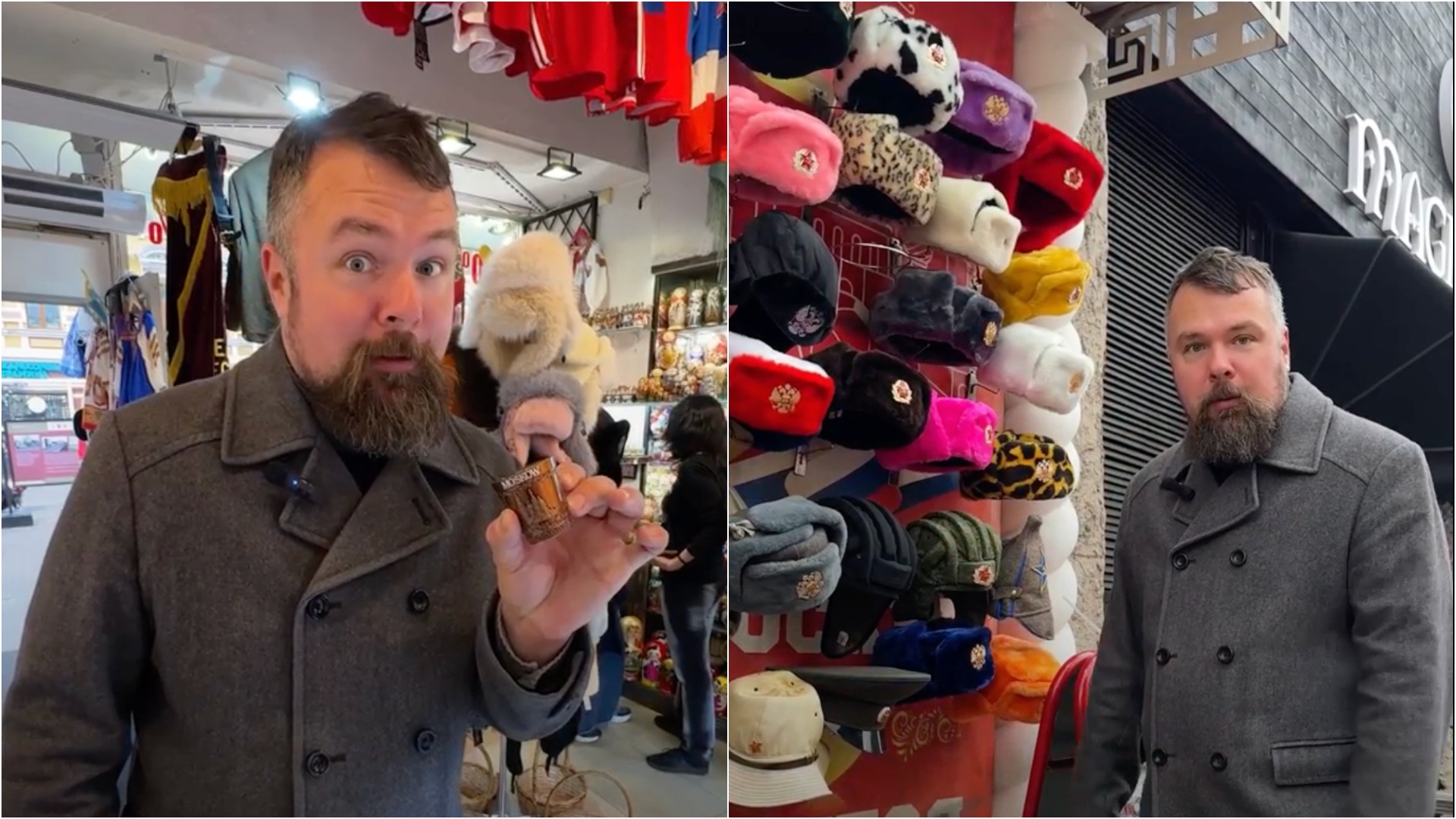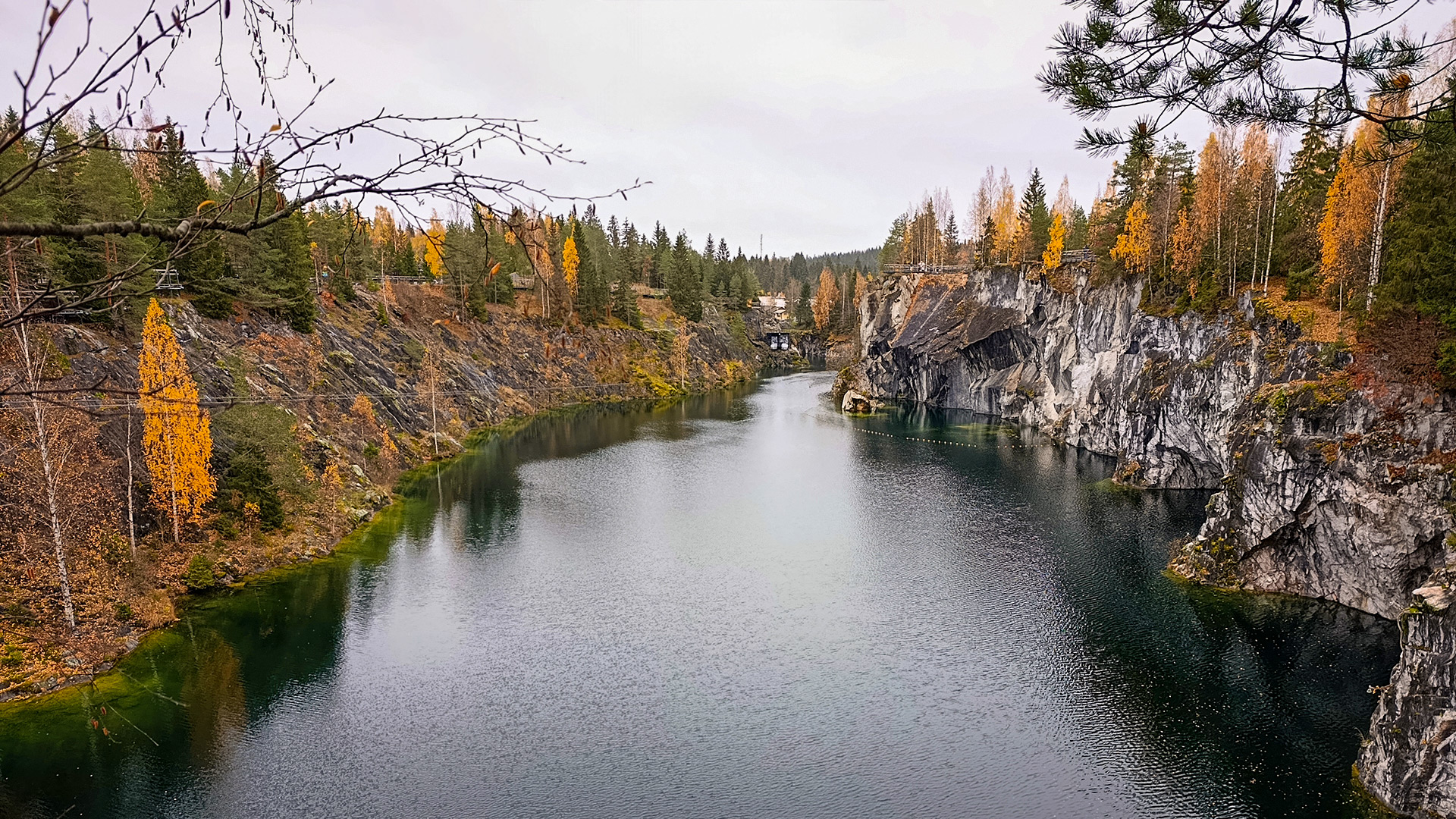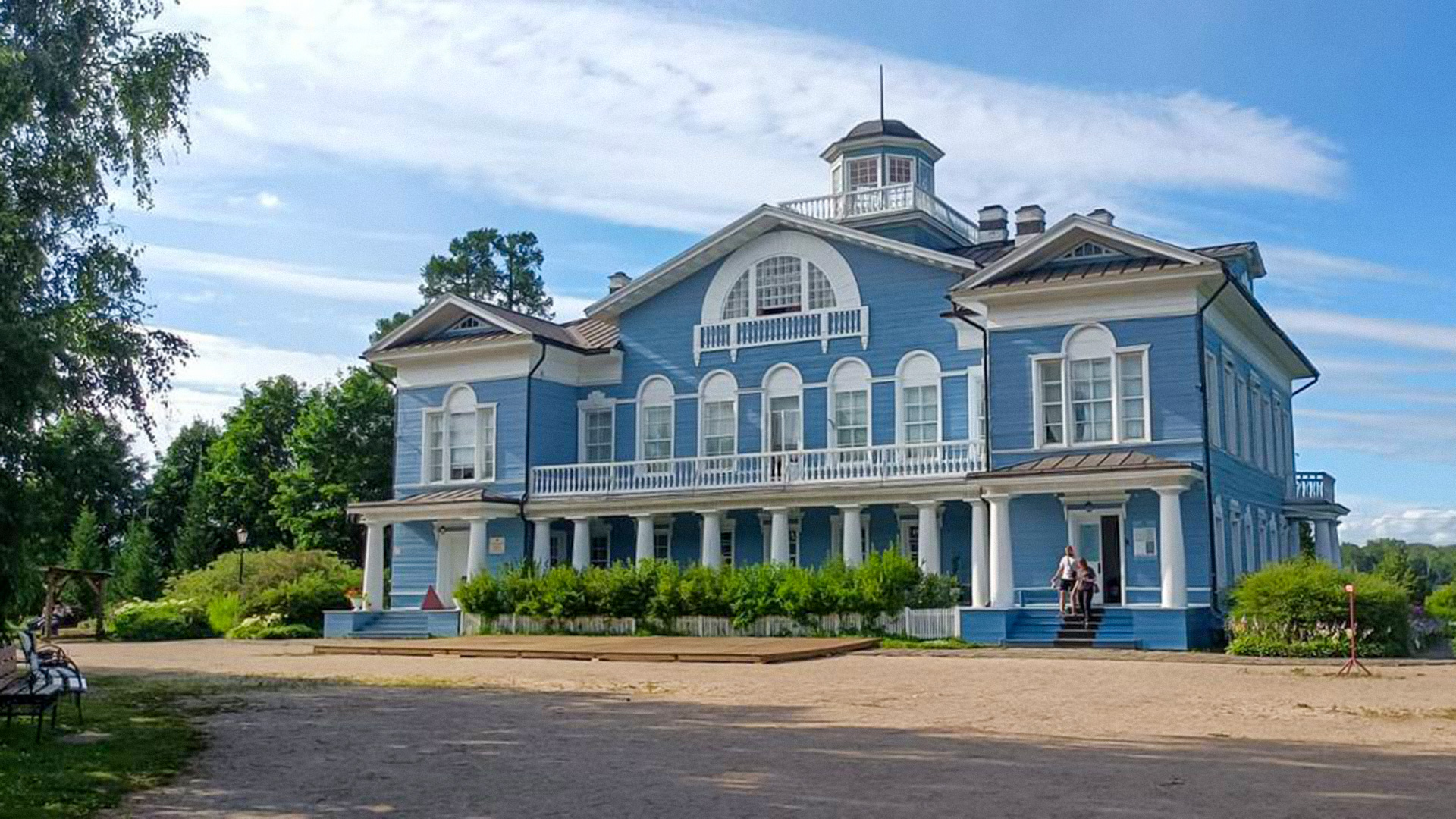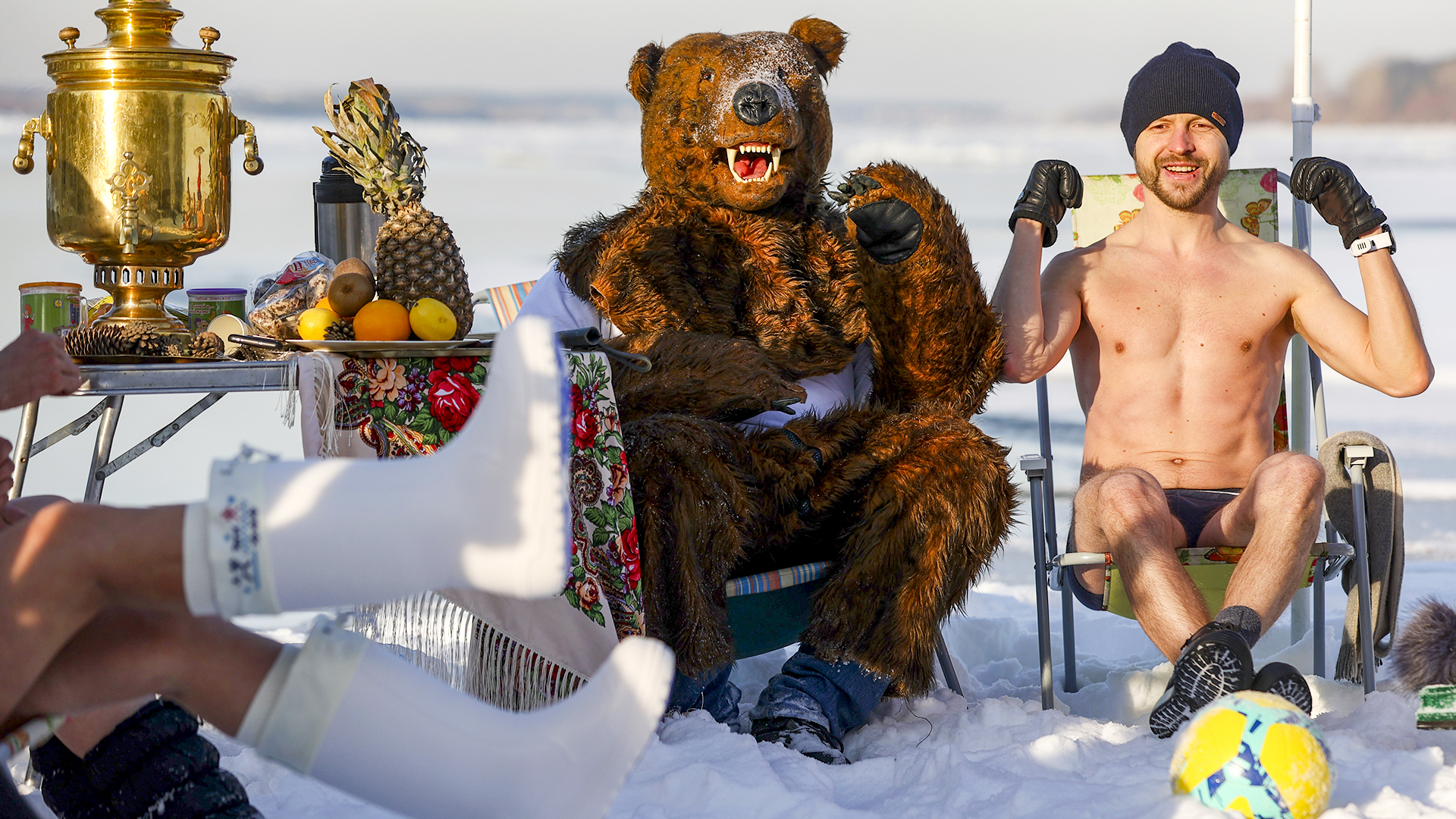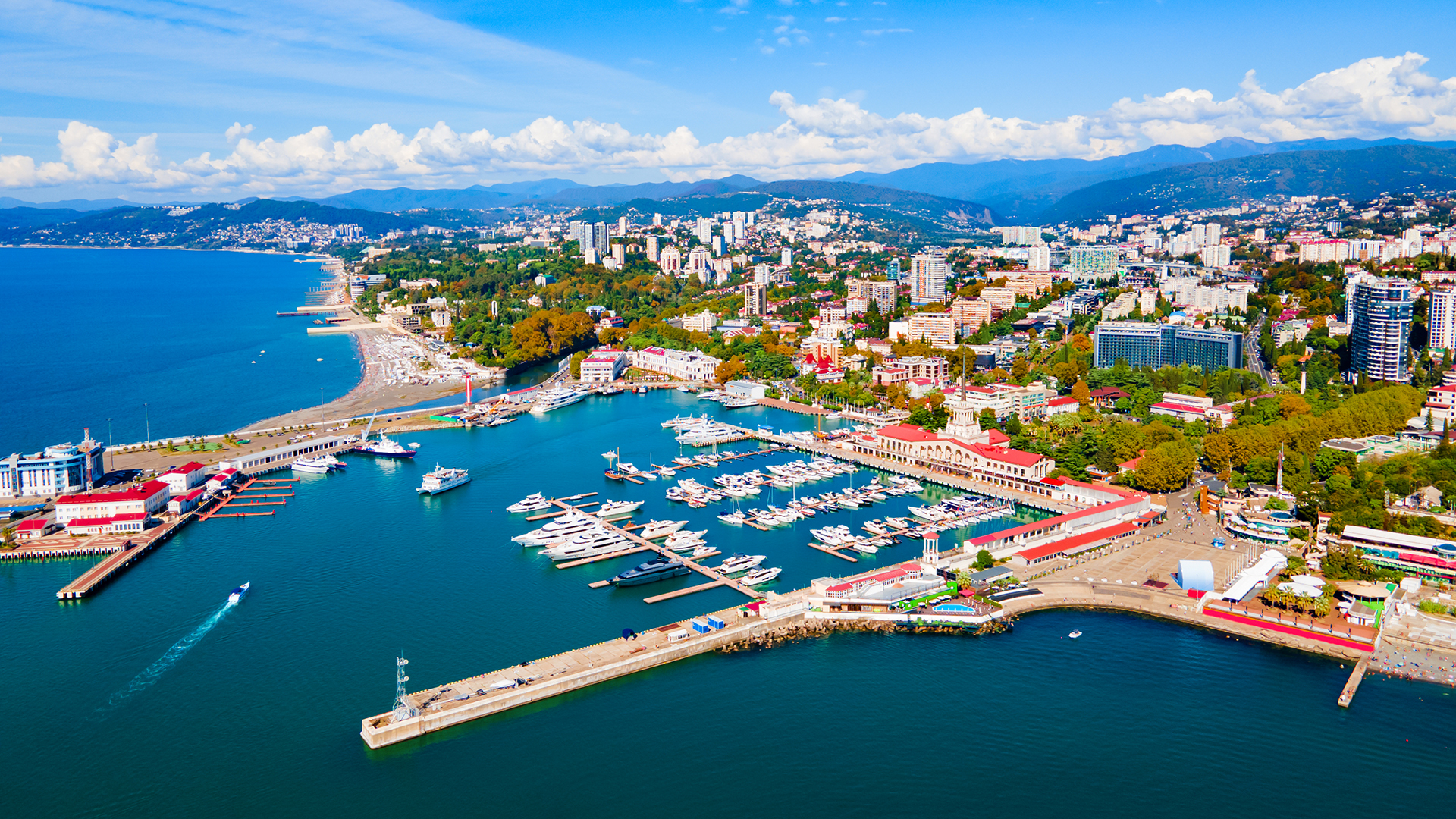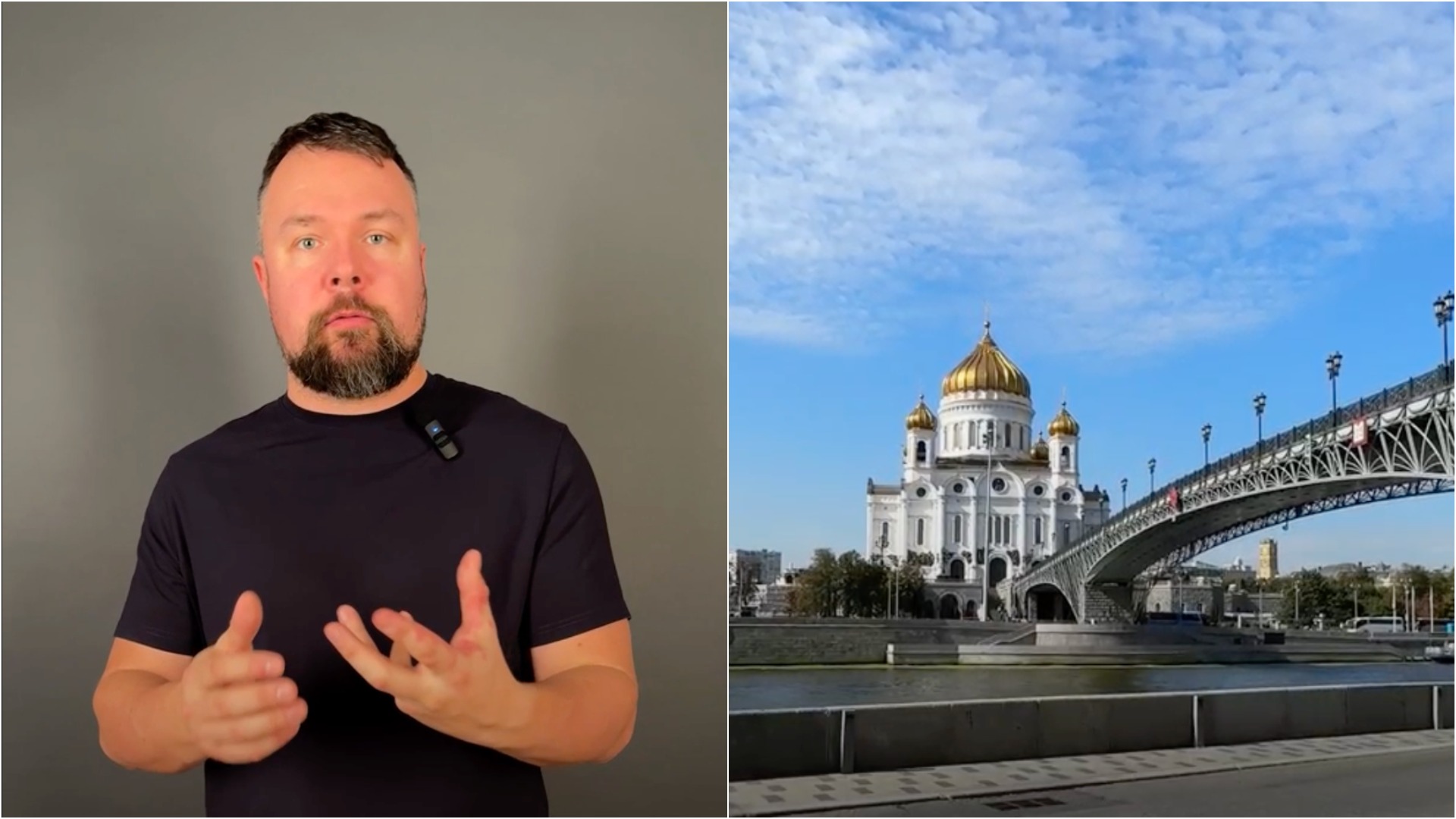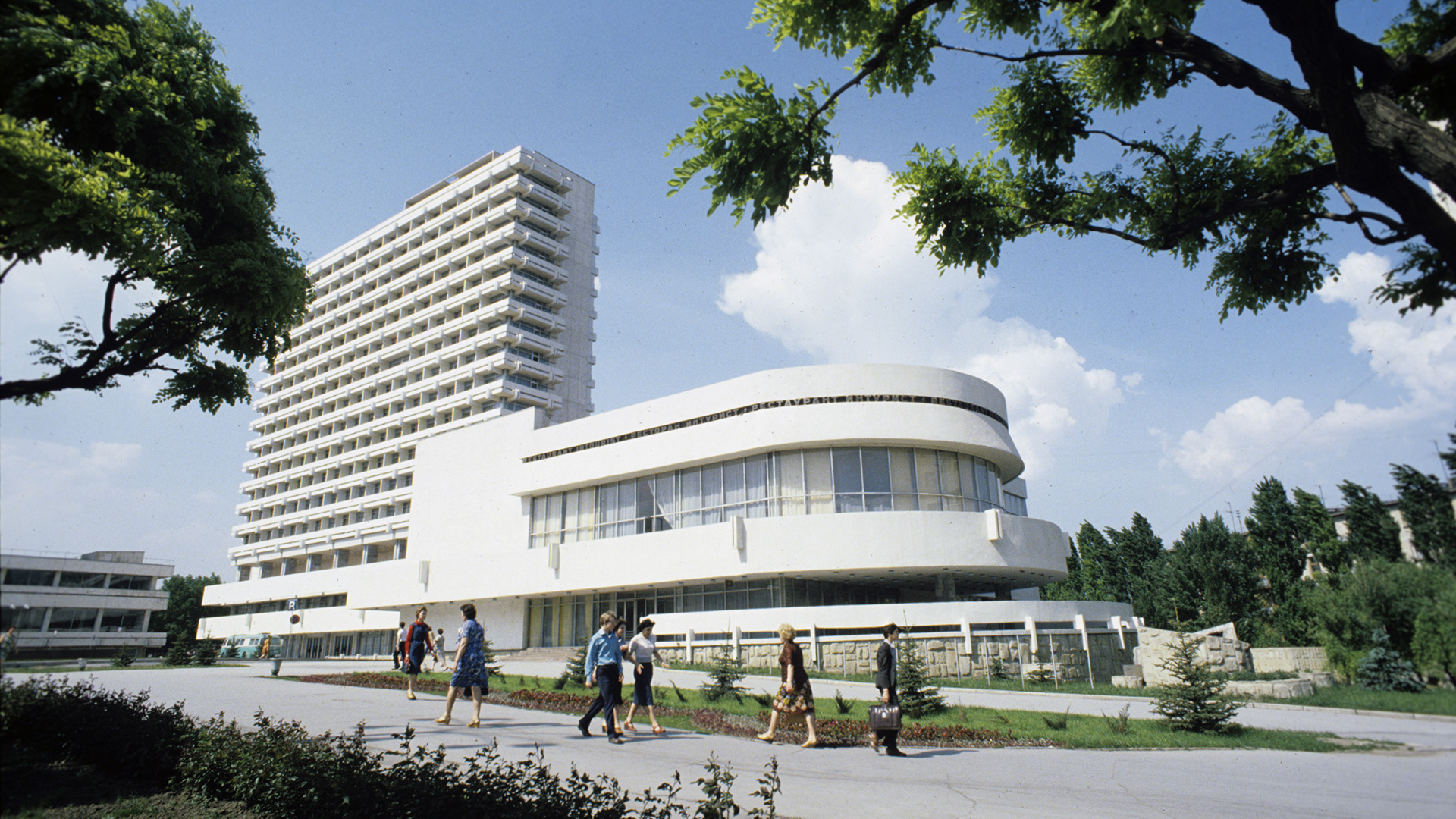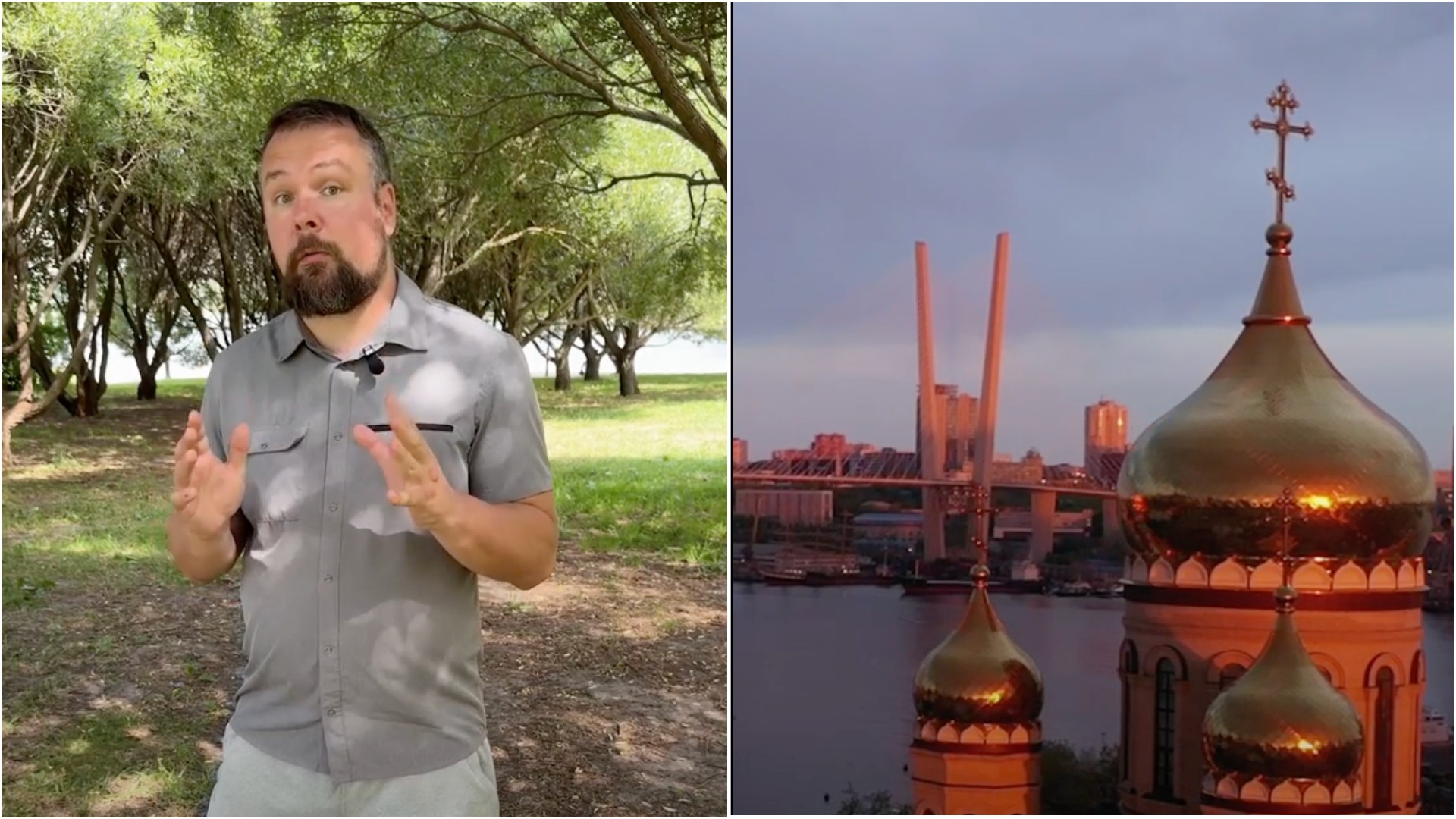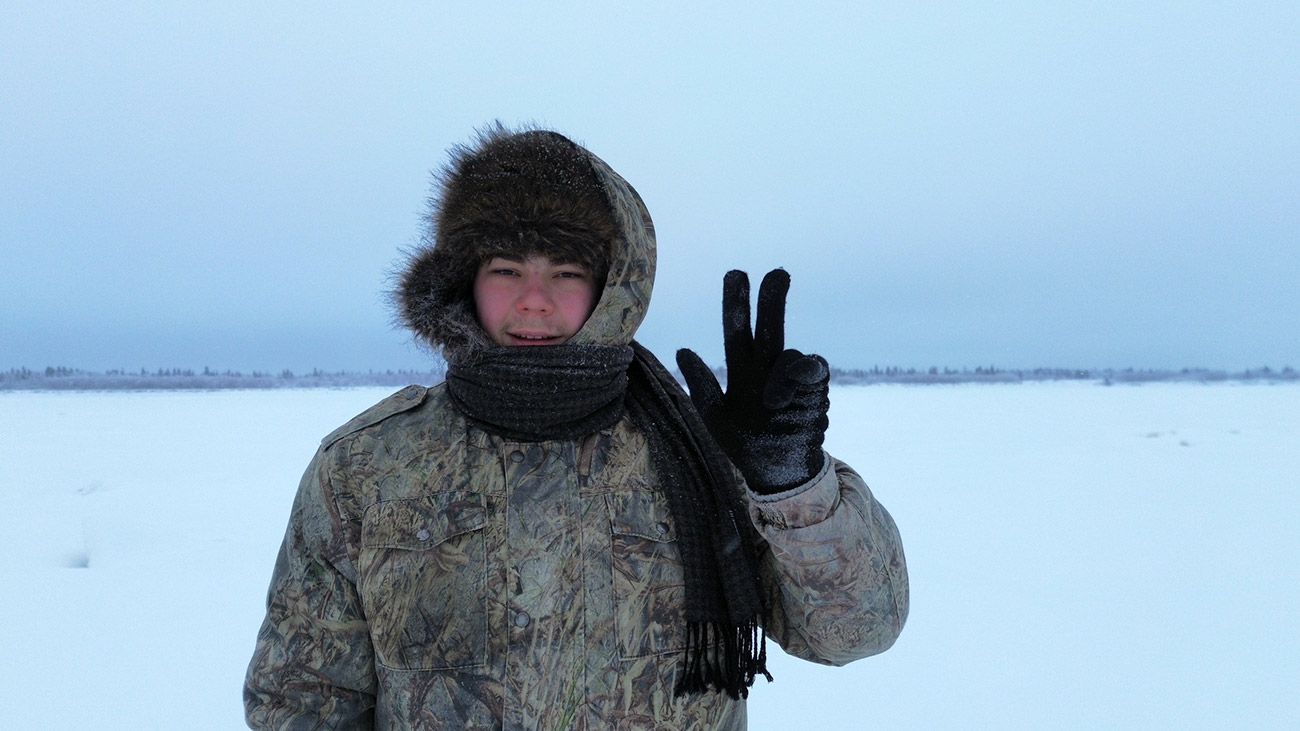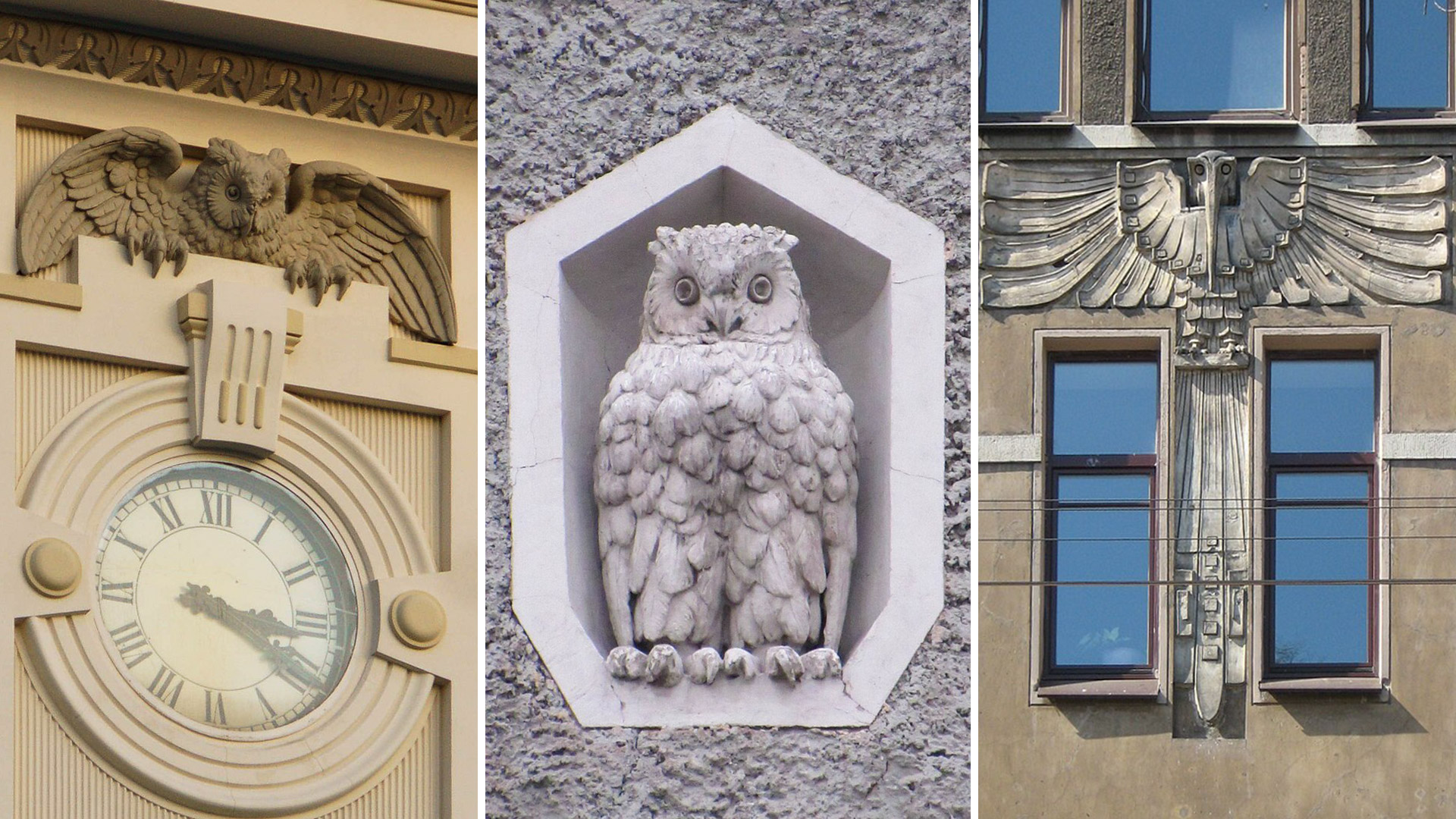
What to see at the Pskov Museum-Reserve (PHOTOS)
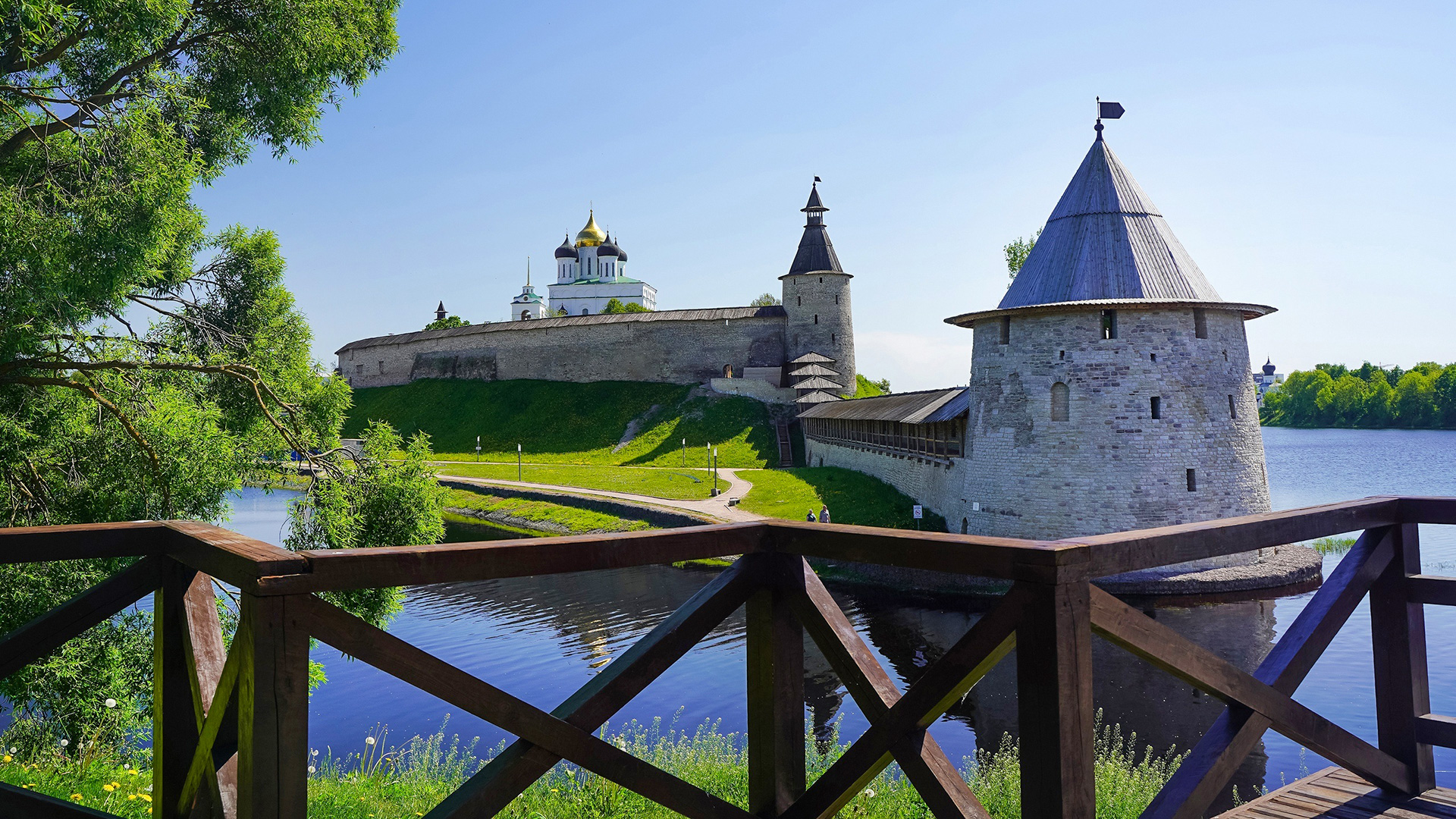
1. Pskov kremlin
One of the city’s main attractions is the Kremlin, or as it is also called, the Pskov Krom. This mighty fortress was built at the turn of the 11-12th centuries and got its modern look in the 15th century.
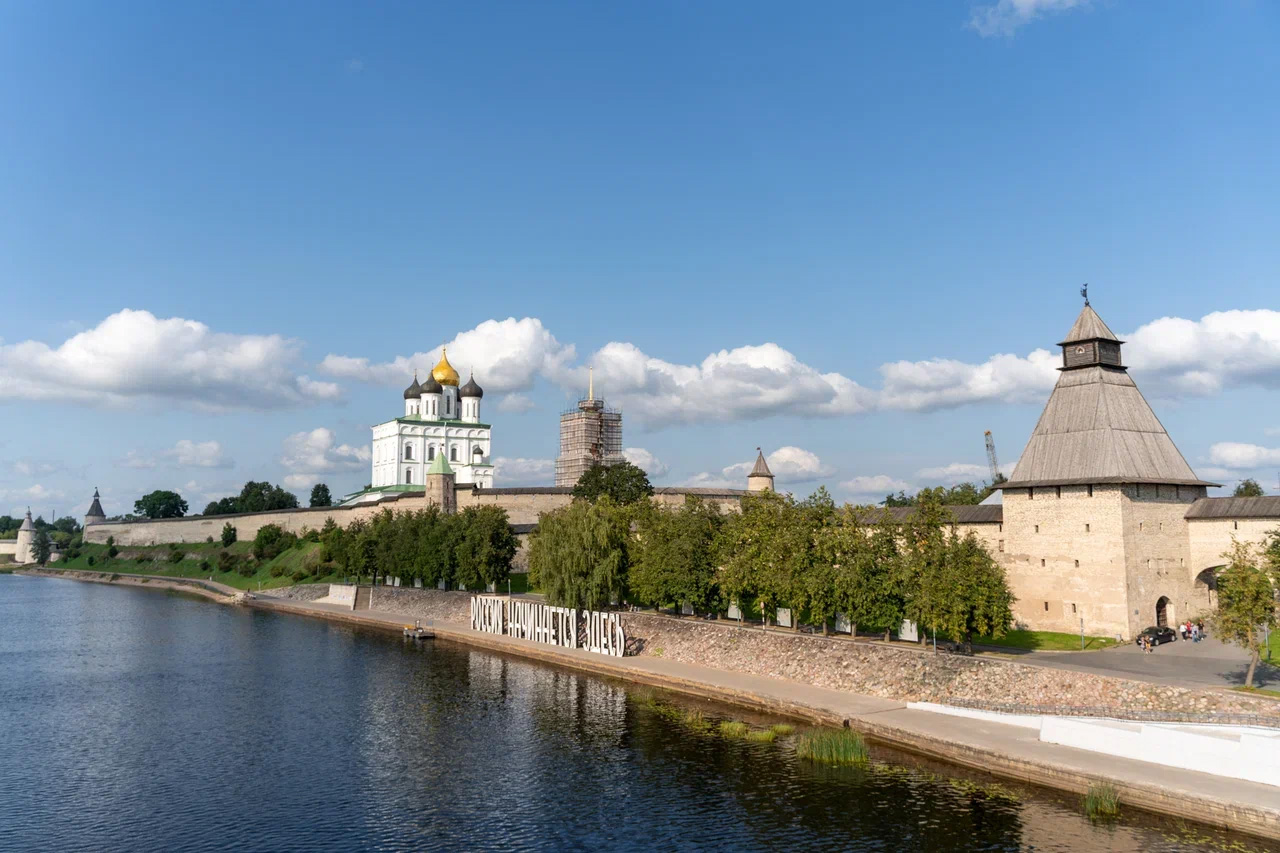
It was the most important outpost on Russia’s western borders. The Pskov fortress remained impregnable to the enemy, but in case of a breakthrough, a trap - the so-called ‘zahab’ (захаб) - was prepared.

Enemy soldiers would have to climb up a narrow corridor, which was easy to defend even for a very small detachment, while the invaders would be showered with arrows and doused with boiling oil from the walls of the fortress.
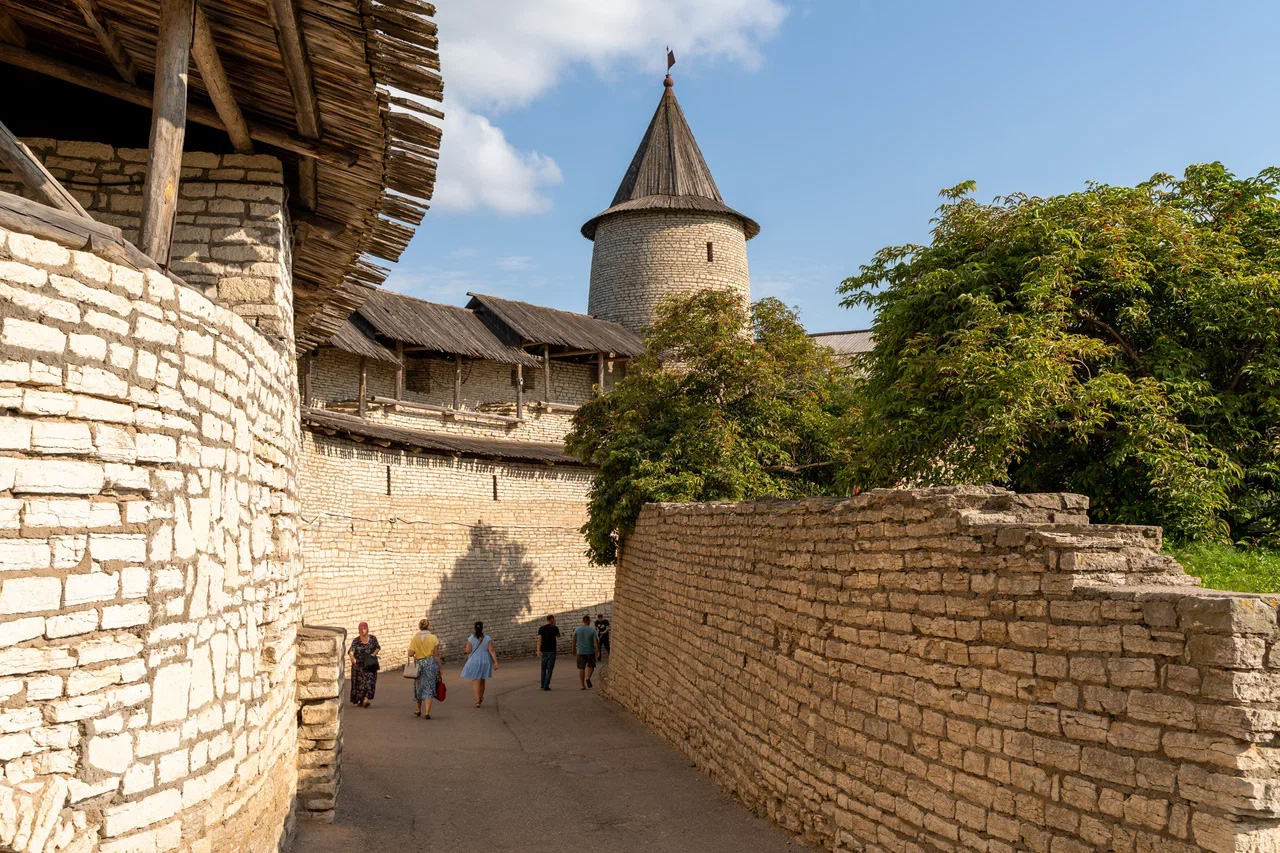
The Kremlin's Pokrovskaya Tower is one of the largest in Europe! Its circumference is 90 meters, and inside you can ride a horse freely.
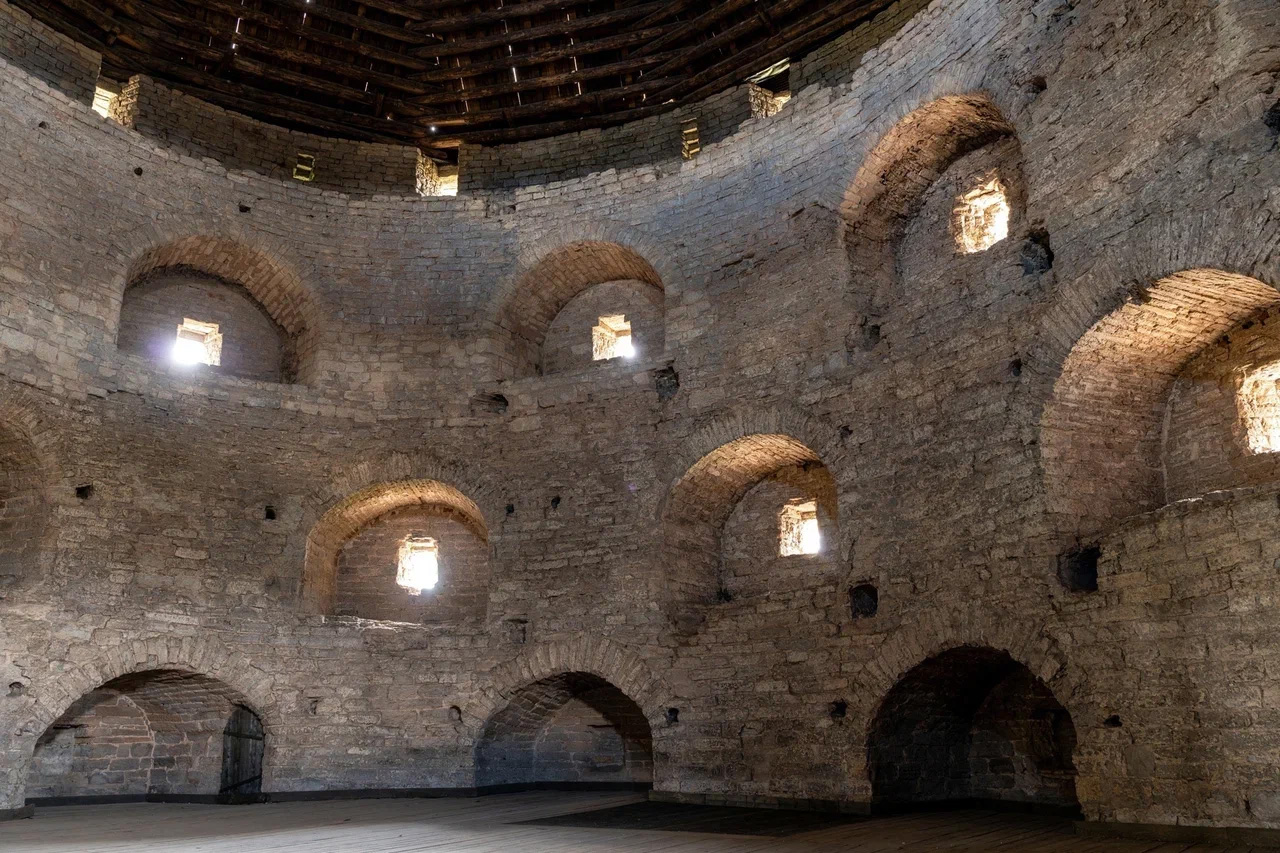
The first tier of the tower is cut directly into the rock on which the entire structure rests.
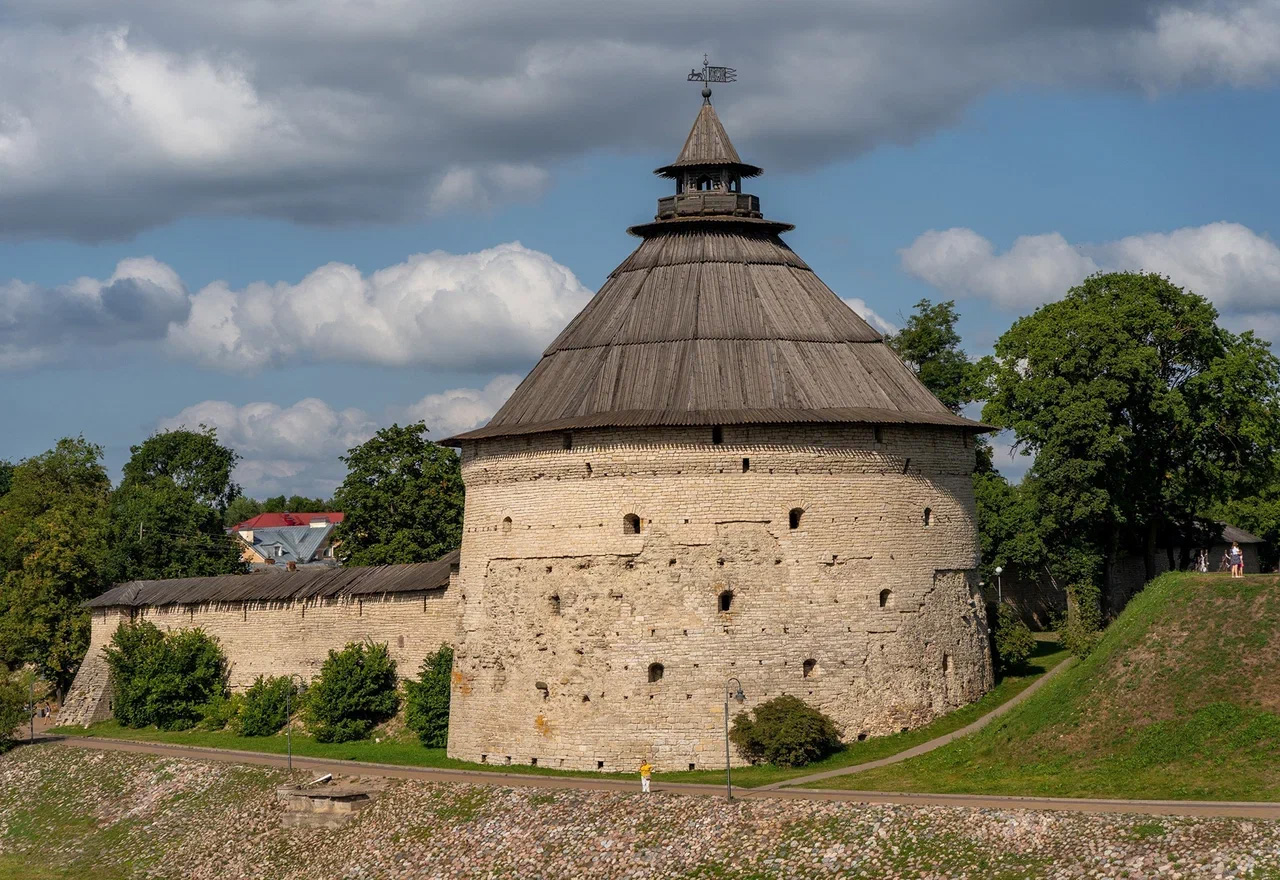
2. Pogankin Palace
This palace was the largest civilian building in 17th century Russia! The chambers were built by order of merchant Sergei Pogankin, head of the Pskov customs and one of the richest men of his time in Russia.
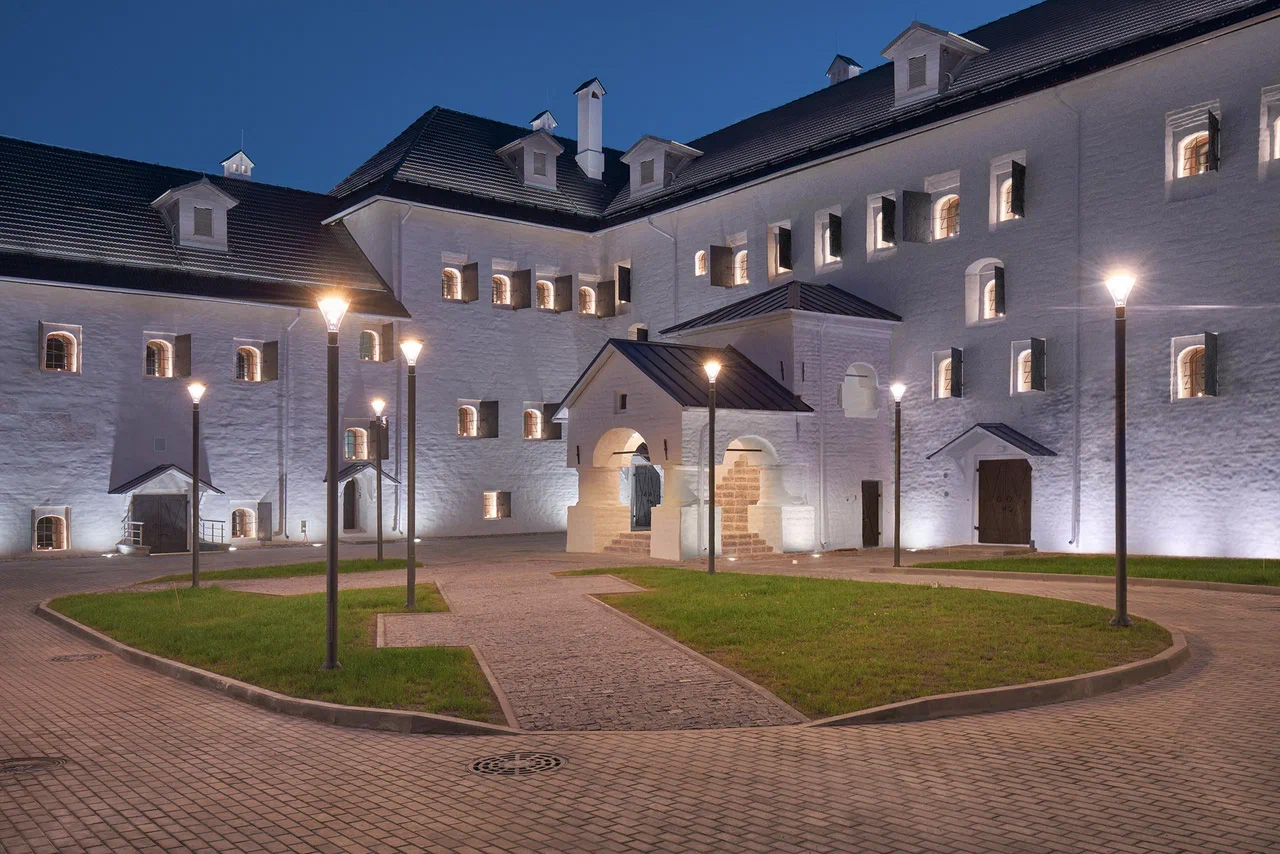
There is an honoring ladle (‘kovsh’) on display, which Pogankin received as a gift from Tsar Alexei Mikhailovich for his faithful service.
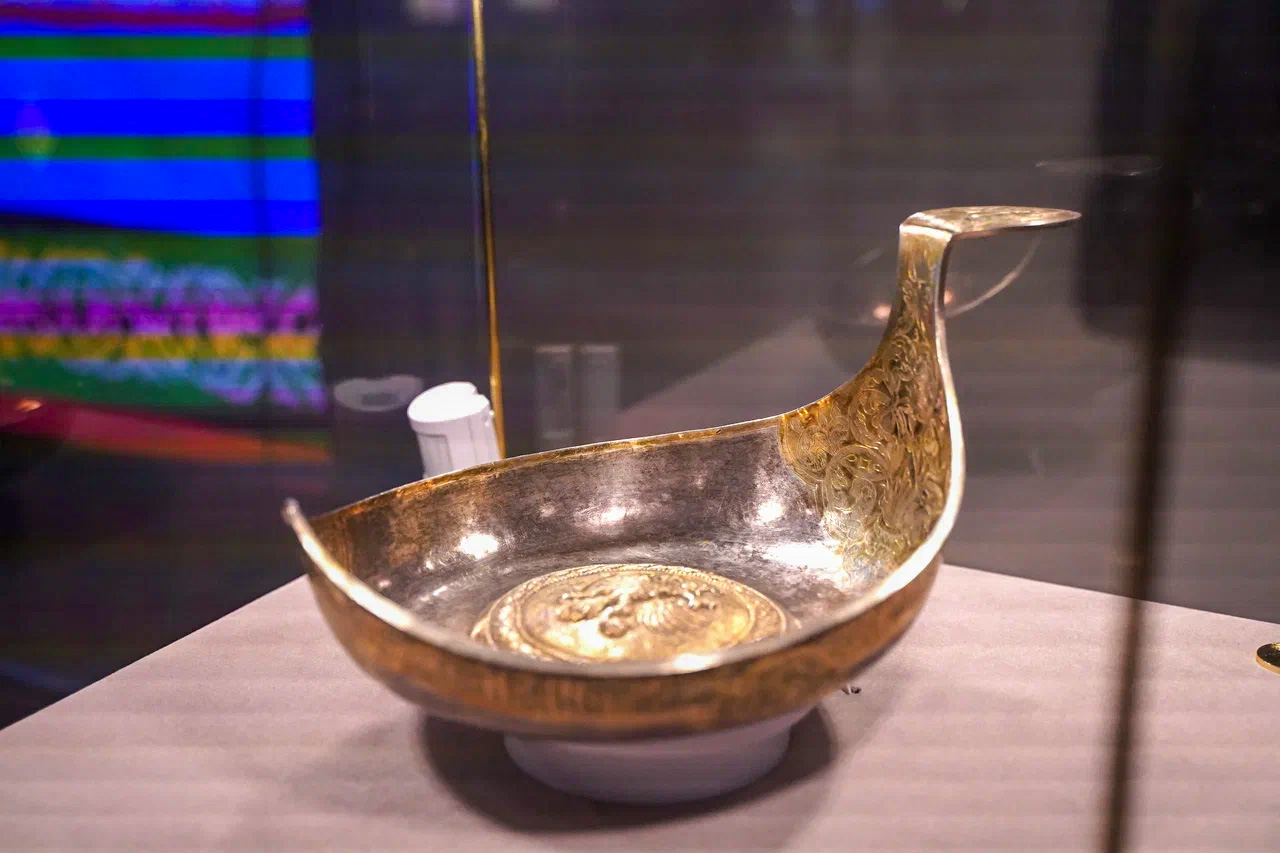
In the 18th century, the Pogankin dynasty came to an end, and the palace changed several owners, gradually falling into disrepair. In 1900, Emperor Nicholas II ordered a museum to be made out of the palace, and restoration work began. Soon the tsar and his wife visited Pskov and the chambers.
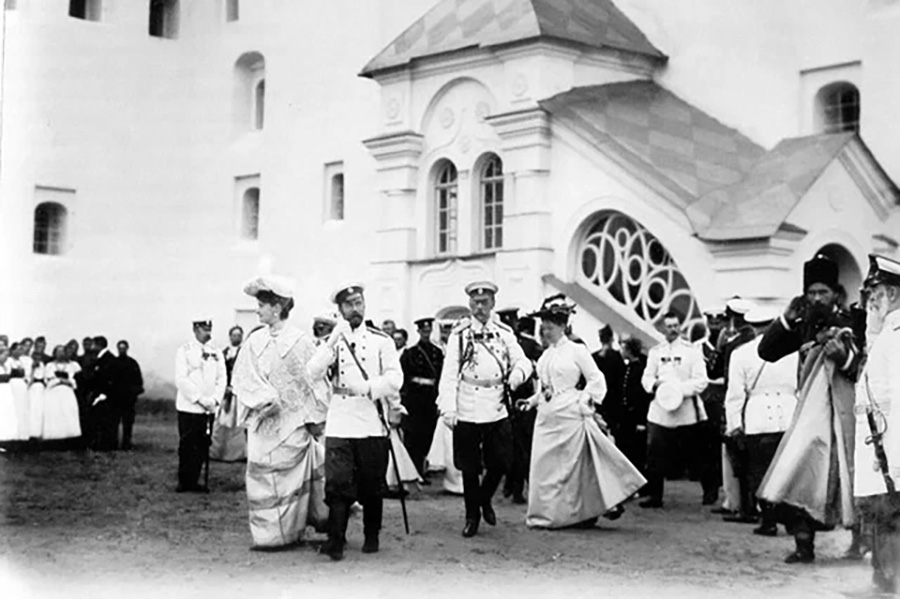
A large–scale exhibition of 14-17th century icons is on display at the Pogankin Palace. Pskov had its own unique painting school with an authentic style – gloomy, intense and expressive.
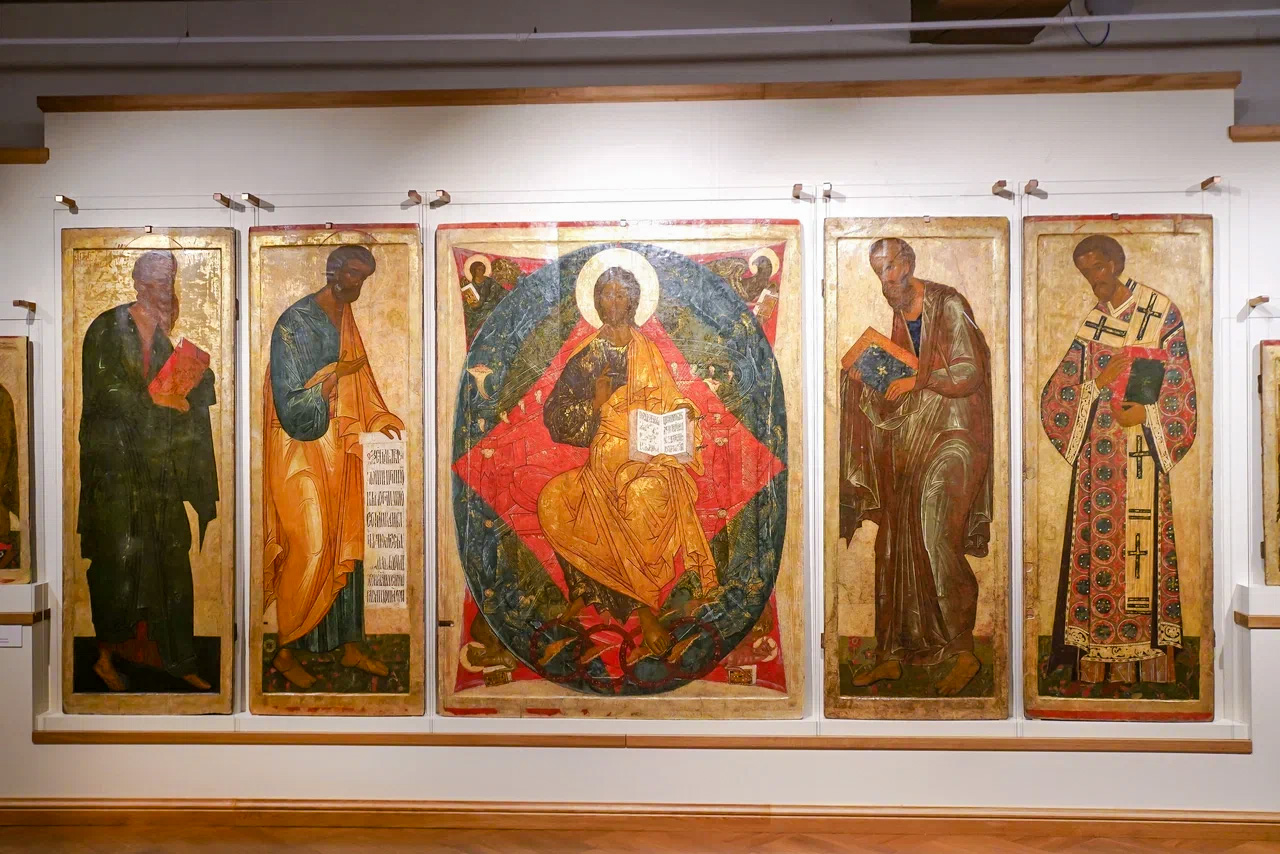
Among the most significant objects of the exhibition is also the Mozhaisk wooden sculpture of Nikolas the Wonderworker and the unique apostolic iconostasis row of the 15th century.
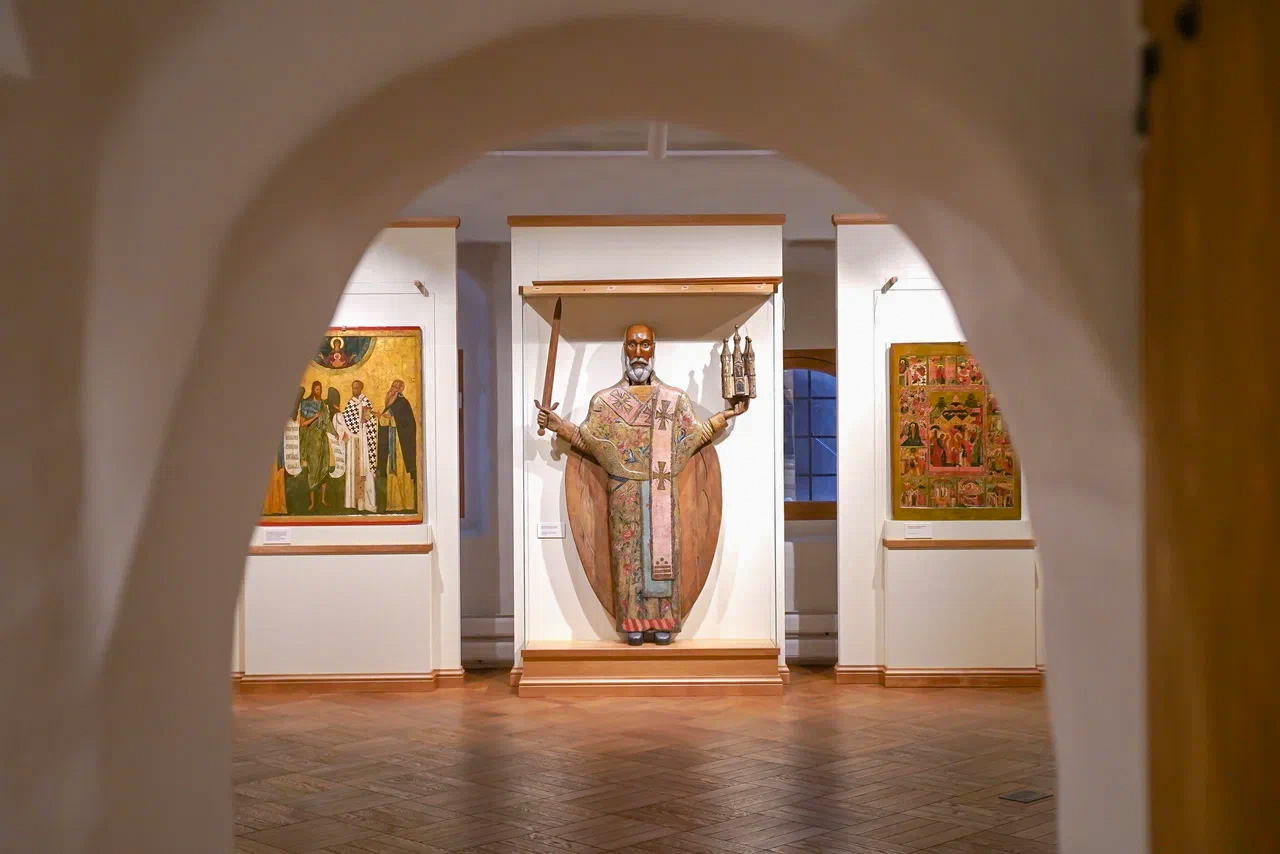
3. Masterpieces of Russian fine art
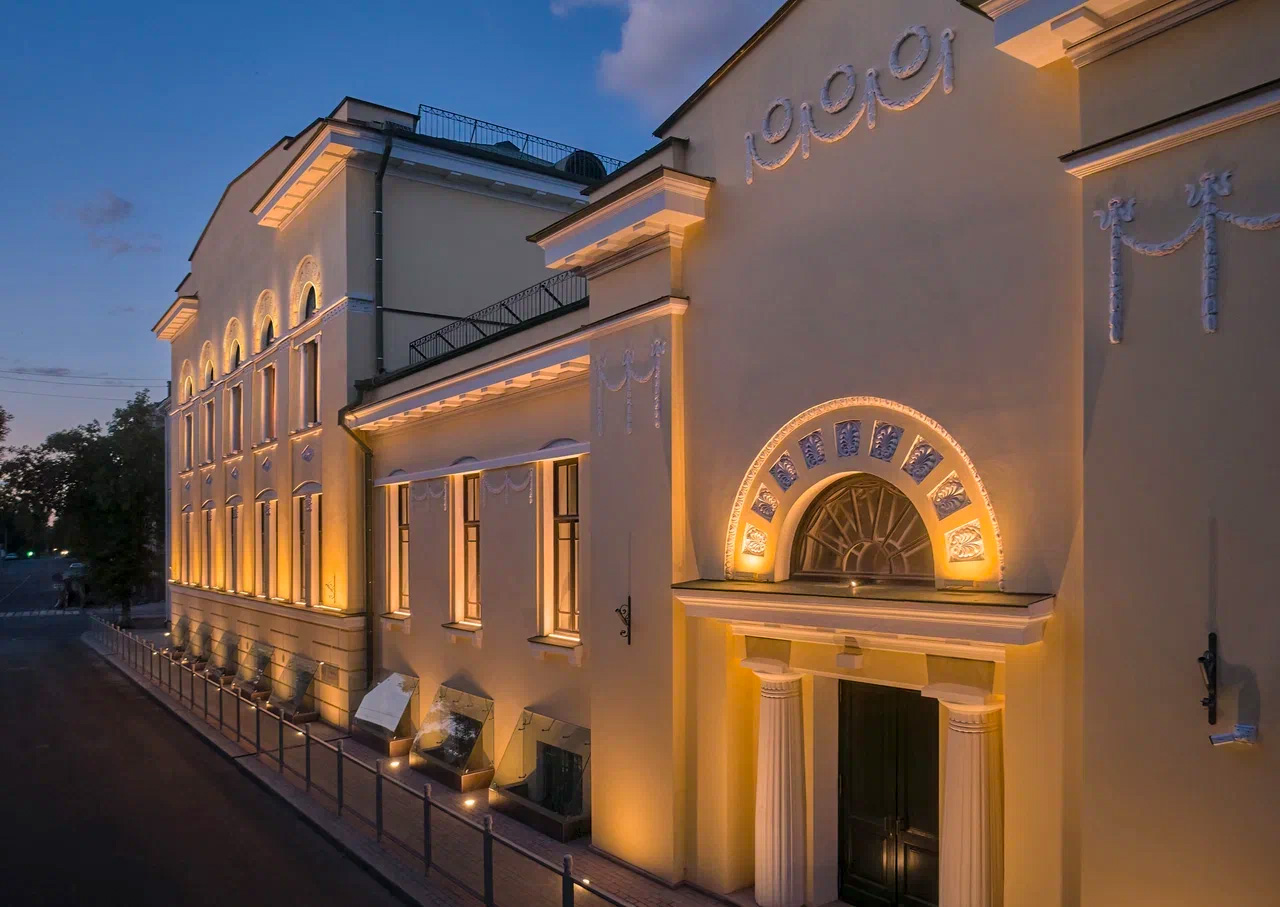
In 1913, an arts and crafts school was established near the Pogankin Palace, which now houses the Art Gallery of the Pskov Museum-Reserve.
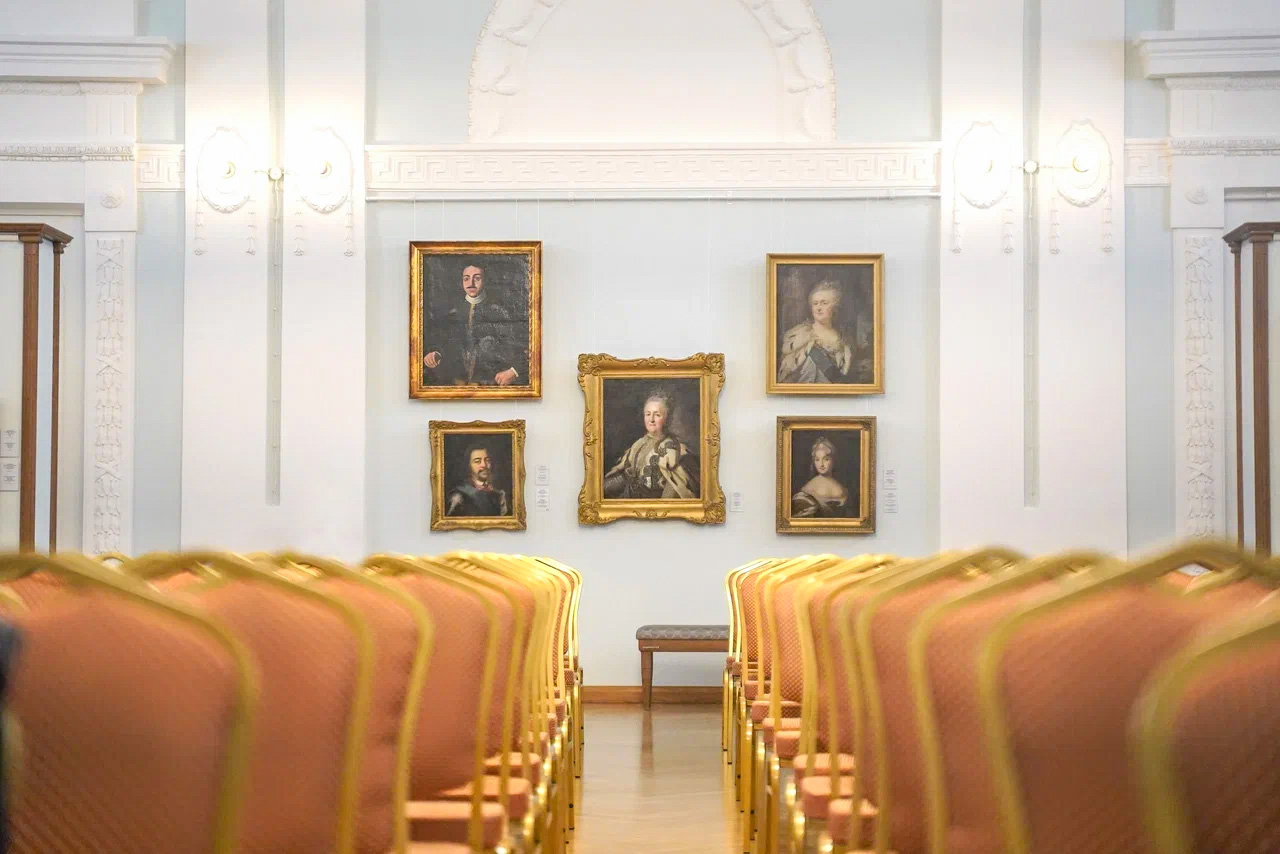
The works of many famous Russian artists are represented here – from Aivazovsky to Petrov-Vodkin, from Rokotov to Roerich.
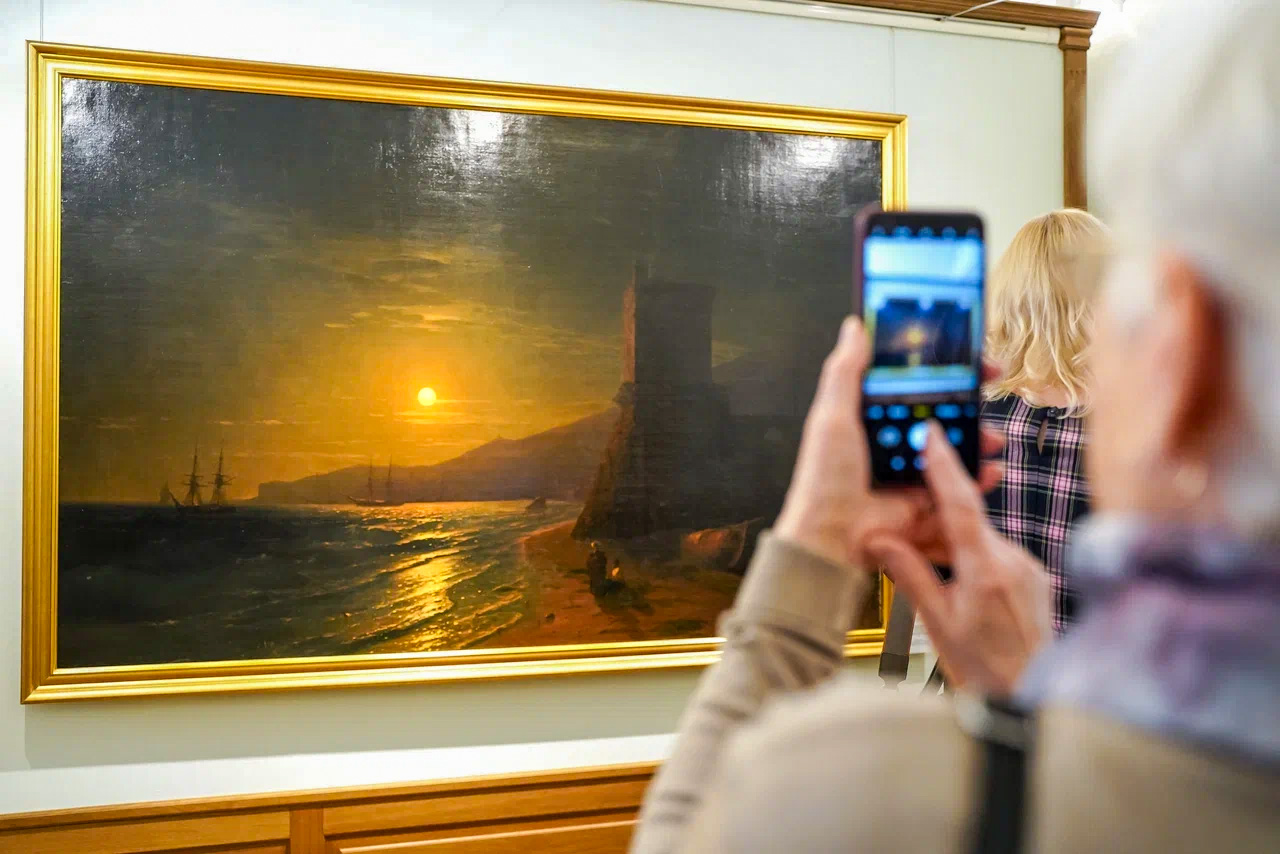
One of the gems of the collection is a small work by Marc Chagall from the cycle "Lovers", in which he pondered about love through different colors. There are "Pink Lovers" and "Blue Lovers" in museums around the world, and Pskov has its own "Black Lovers".
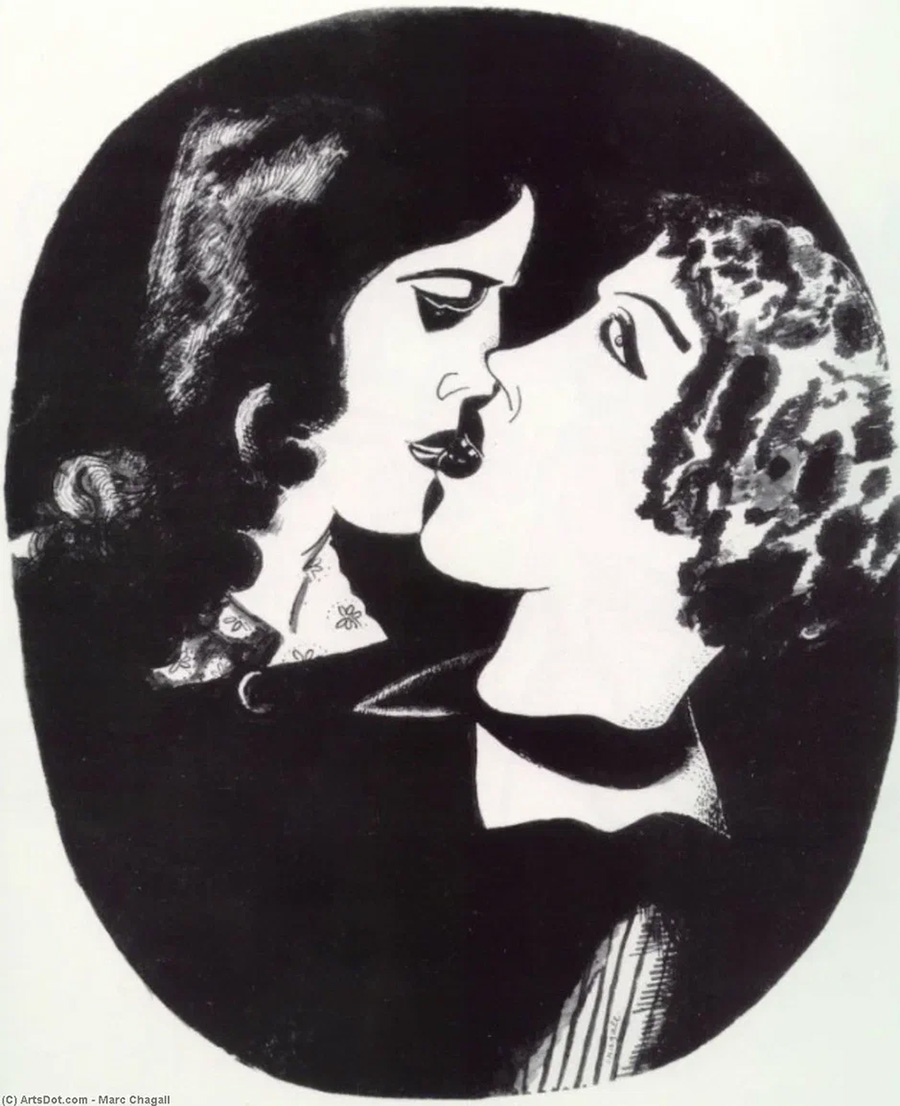
4. Estates of great Russians
The picturesque estates of composers Modest Mussorgsky and Nikolai Rimsky-Korsakov, whose music has long been part of world heritage, have been preserved in the Pskov region.
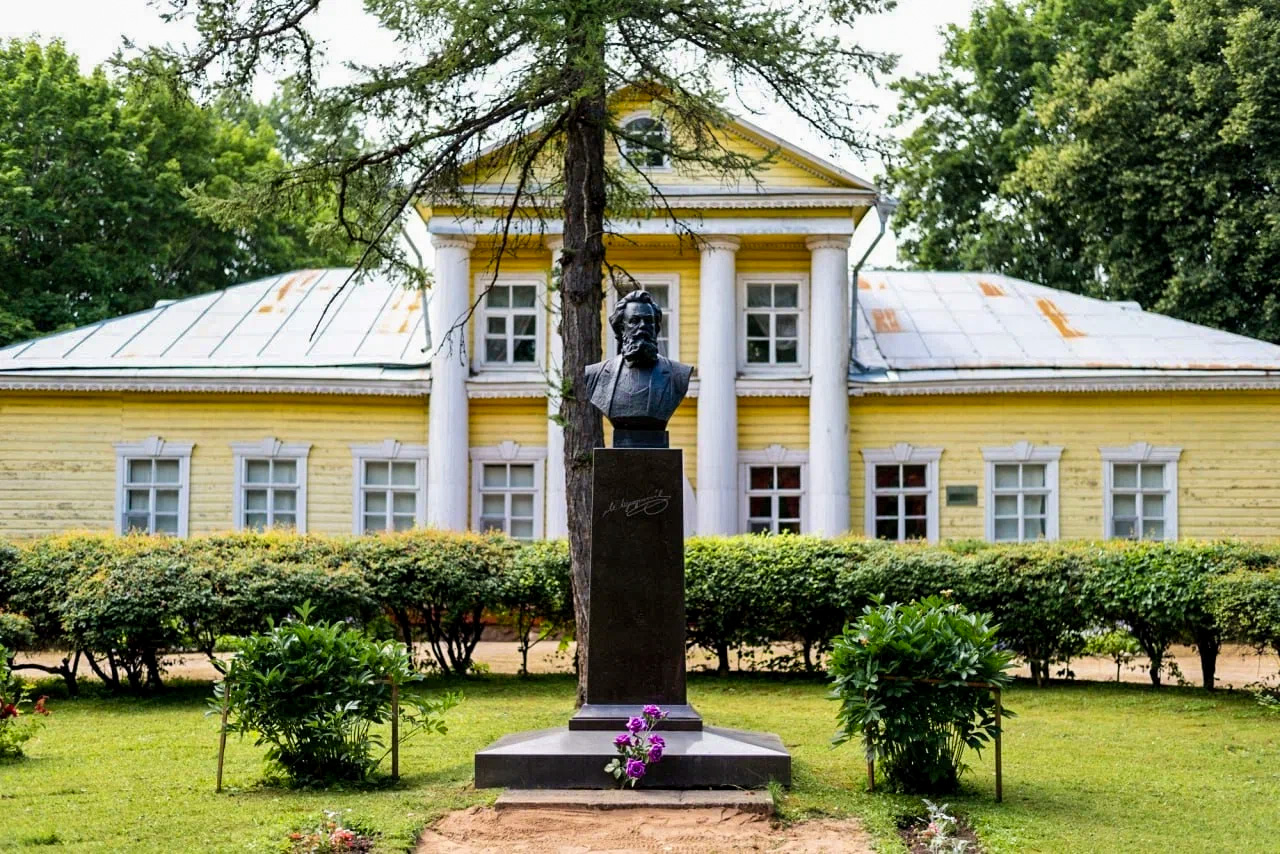
In his estate, Rimsky-Korsakov composed his famous fairy tale operas ‘The Night Before Christmas’, ‘Sadko’, ‘The Tsar's Bride’, ‘The Tale of Tsar Saltan’ and others.
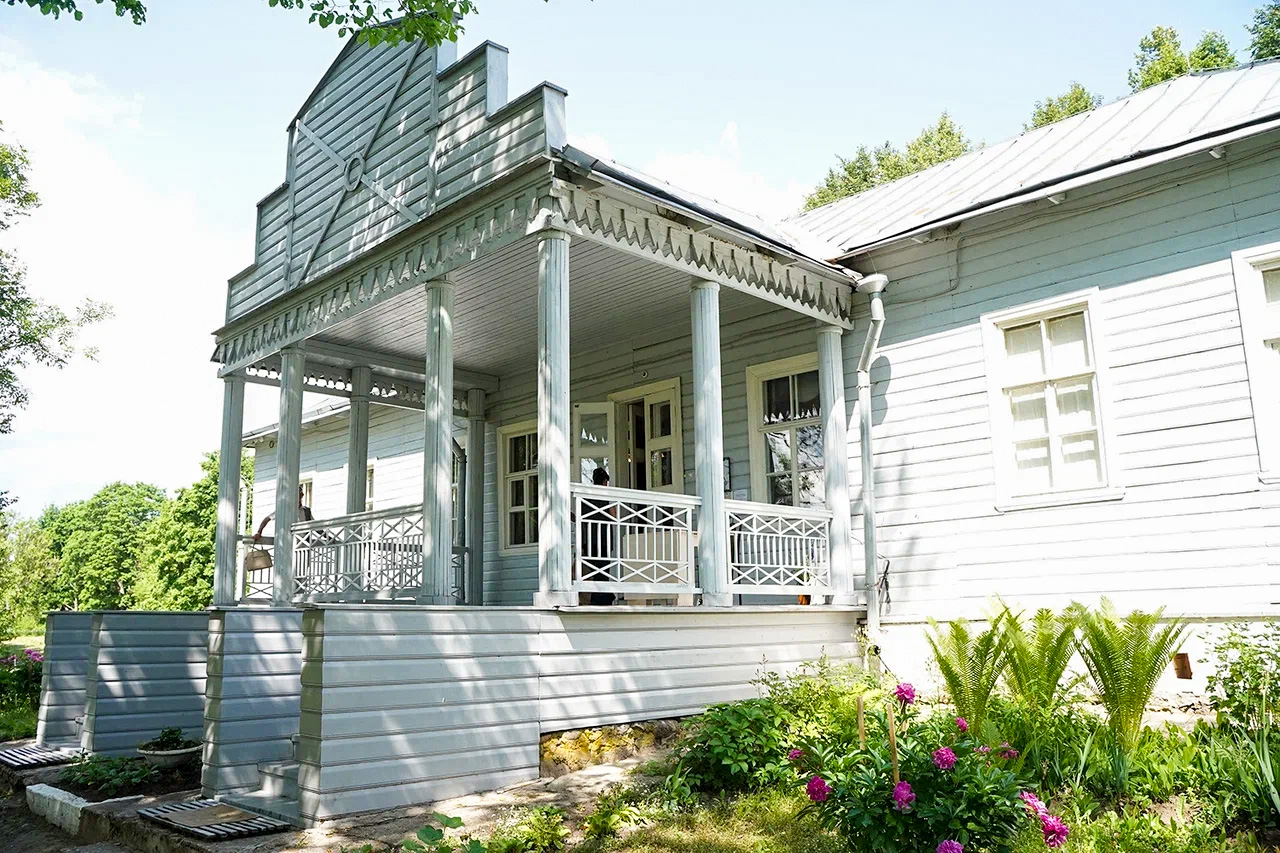
Sofia Kovalevskaya, the first Russian woman mathematician, talented writer and public figure, spent her childhood in the village of Polibino in the Pskov region.
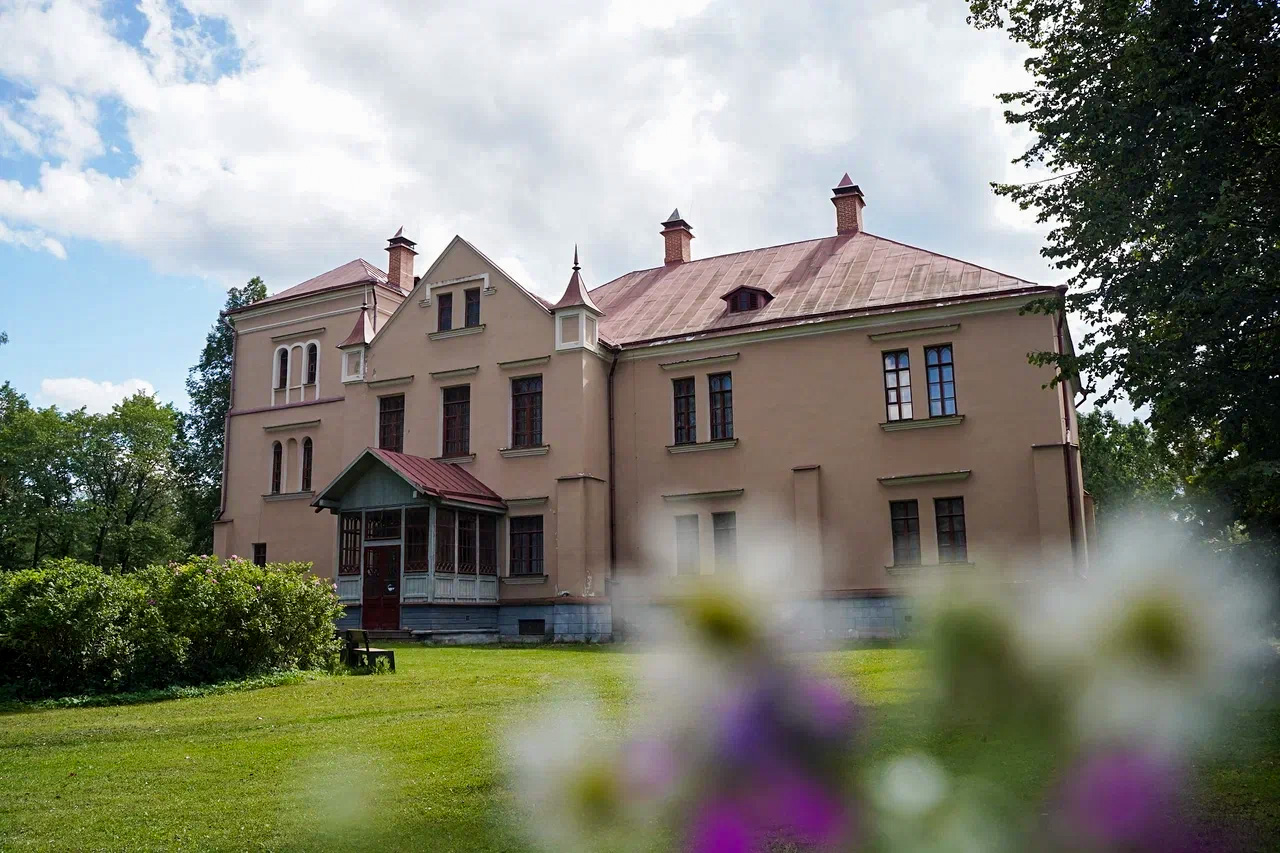
According to the legend, when her family estate was being built, there was not enough wallpaper for her room, so the walls were covered with sheets of lectures on mathematics from her father's days of study. And that is what allegedly aroused her interest in math.
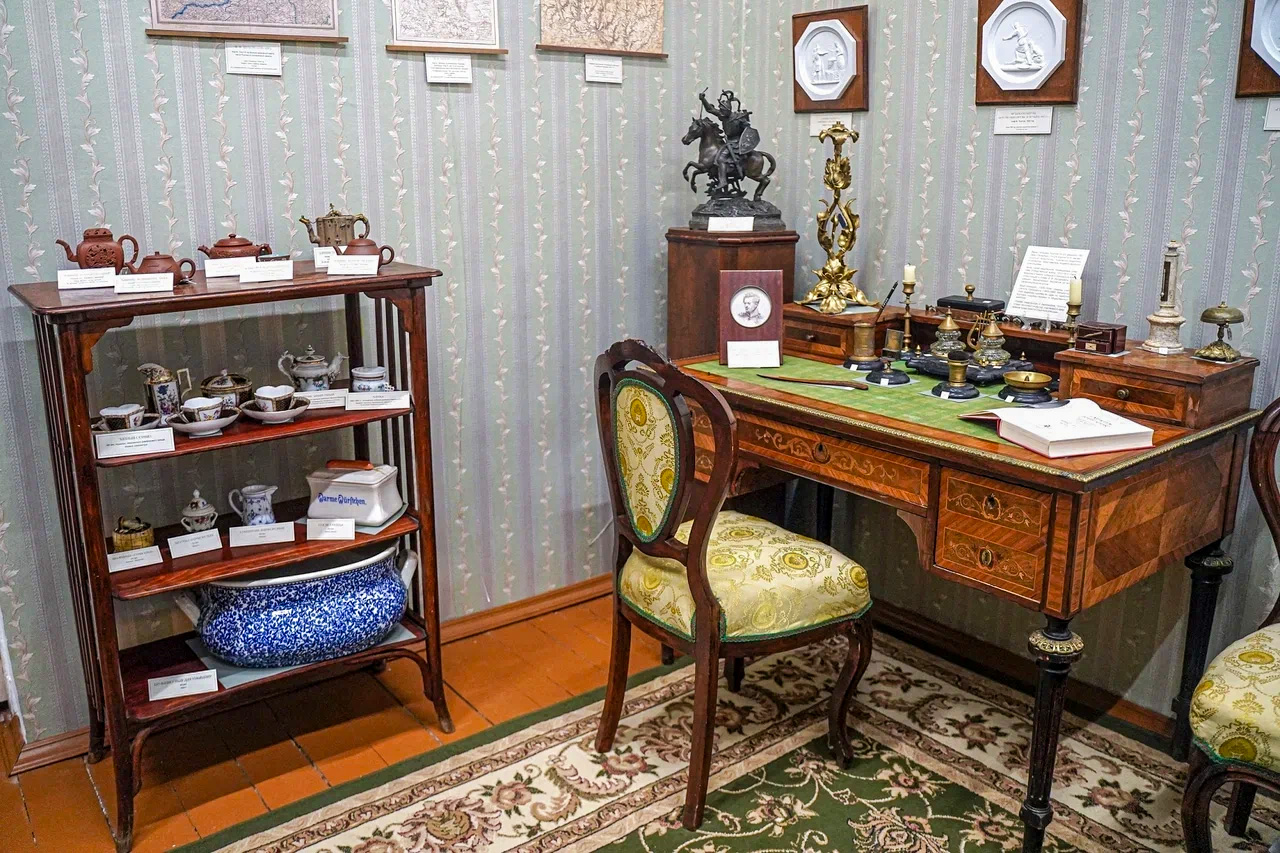
5. A church from the UNESCO heritage list
Pskov has a huge number of Russian Orthodox churches and its own school of church architecture. One of the timeless gems is the 12th-century Transfiguration Cathedral of the Mirozhsky Monastery, which is included in the UNESCO World Heritage List.
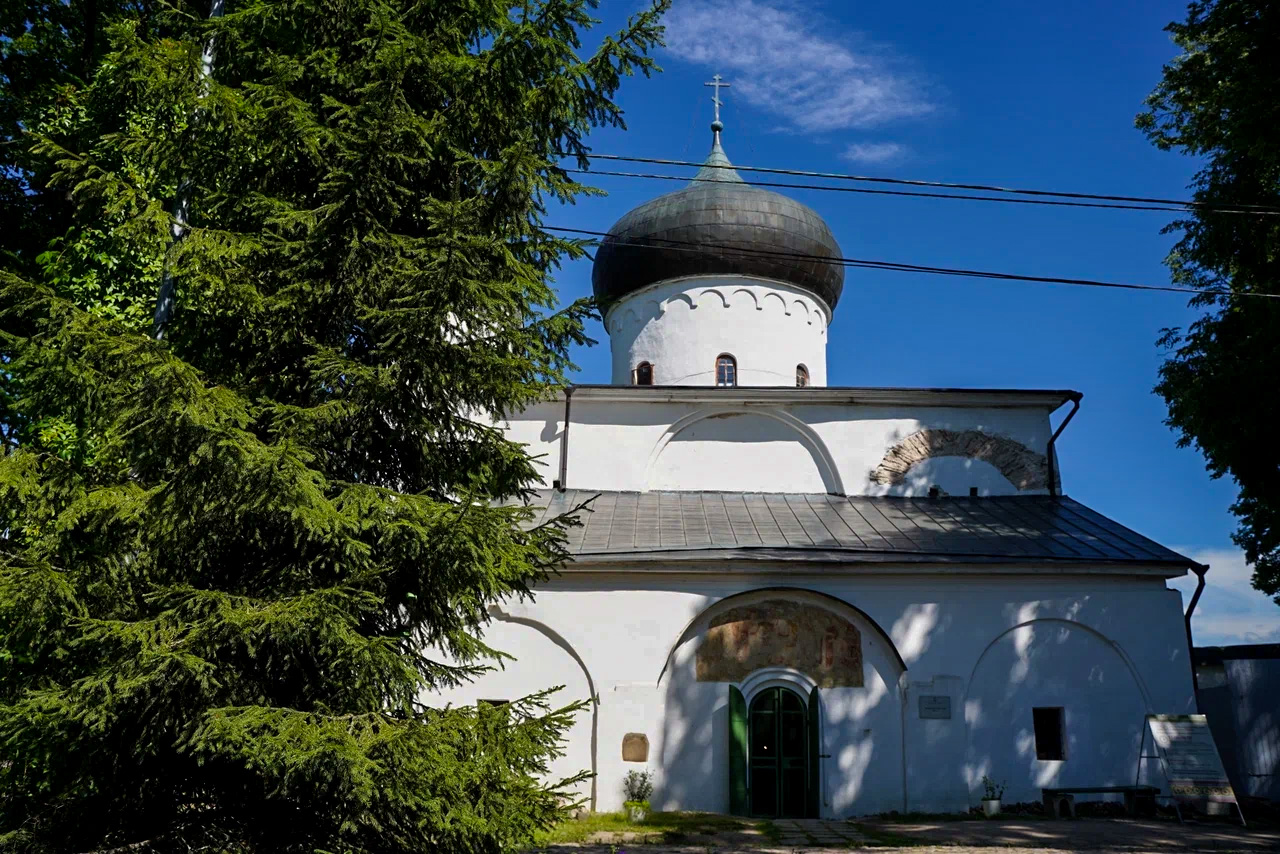
Its incredible frescoes created by Greek artists have been painted over twice throughout history, but that is what allowed them to be so well-preserved, and at least 80 percent of the murals have survived.
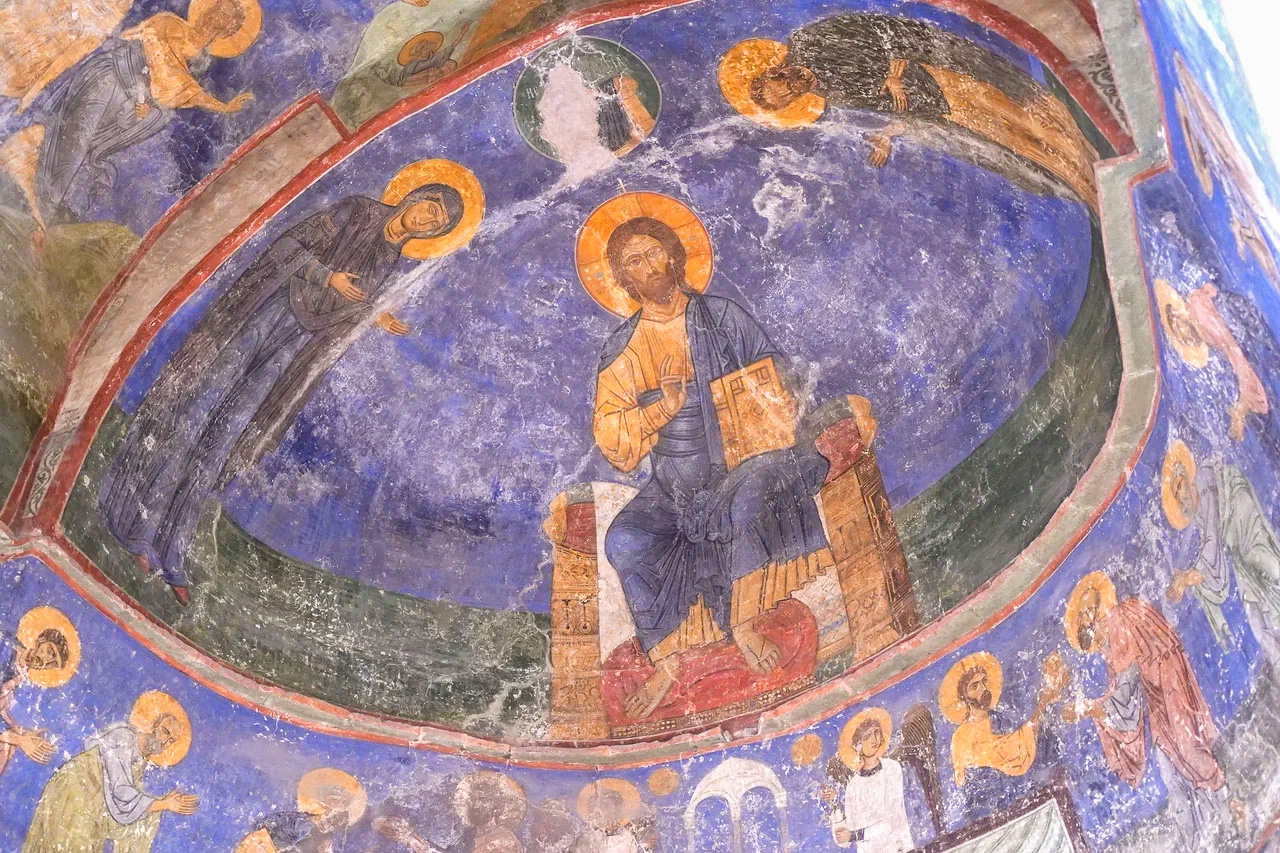
‘Gateway to Russia’ is grateful to the Pskov Museum-Reserve for their help in preparing this article.




